Patient-Centred Care is Our Priority: Barb Shellian & Leslie Reid
It was “a bit of a shock” for Barb Shellian when she started at the Canmore General Hospital in 1975. At that time, the hospital was not at its current location. It was small, and Shellian, a nurse who had been working in city hospitals, had moved to the quaint mountain town after getting married.
Her first day on the job she was handed two things. First, she received patient files.
“So I thought, ok this is good … this was something I was used to,” said Shellian.
The second, to her surprise, was a monkey wrench. That part was new.
“I soon found out there was no piped in oxygen and part of the duties of the nurse were to change the big oxygen tanks that stood beside the patients’ beds and of course you needed a wrench to take off the regulators and that kind of thing.”
In that moment, she realized her career would be much different than it was in a big city.
Barb Shellian, Director of Bow Valley Community and Rural Health, started as a nurse at the Canmore General Hospital nearly four decades ago before its incorporation into AHS. At the time, the small hospital was run by volunteers.
The Canmore General Hospital moved to its current location in the 1980s when it moved under the jurisdiction of Alberta Health Services, but it retained its sense of community that it’s had since its beginning as a volunteer run service. When the hospital first opened, Canmore was a mining town and it was up to the miners and their families to keep the 10-bed hospital operating.
“There is a sense of ownership that our community has about our hospital,” said Shellian, who is now Director of Rural Health.
“People in Canmore see the Canmore hospital as their hospital and that’s a responsibility that we don’t take lightly.”
When nurses start at the Canmore General Hospital, one of the first things they hear is, “you are a generalist because you don’t know what hat you will be wearing,” said Leslie Reid, who started at the hospital in 1999 and now is Shellian’s assistant.
“I think that rings true for all the staff… that’s the community that we’ve built not only in the hospital, but I believe in the town of Canmore as well,” said Reid.
Shellian explains that while the hospital has grown since her early days there, the care is still individualized.
“We’re trying to instill this philosophy of instead of asking the patient, what’s the matter with you, we’re asking, what matters to you,” said Shellian.
Of course, personalizing care to each patient will look different in each case. Quite often it’s small things that make someone feel more at ease, like accommodating a visit with a family pet for someone in long-term care, or providing a free telephone in a room, said Shellian.
Keeping a growing staff on the same page takes work. Leslie Reid sees Shellian’s effort first-hand.
“She’s a big advocate of education for staff,” said Reid. “If there’s something she feels is necessary or something that is new… she’s very supportive of ensuring education opportunities.”
Both quality of care and quality experience for staff keep Shellian motivated to continue to improve from good to better, she said. With 93 doctors who have privileges at the Canmore General Hospital, it’s a desirable place to work.
The hospital has seen substantial growth in the past few decades and with it, improvements and expansions to the services it provides. The Canmore and Area Health Care Foundation (now the Canmore Hospital Foundation) has been an integral part of this. Shellian recalls the foundation’s purchase of a palliative care bed as one of those things that made a huge difference in quality of end-of-life care.
While the foundation has continued to make regular contributions to improvement of programs, equipment and facilities, with a growing community the hospital’s needs are always growing. Now, Shellian encourages donations to the area of greatest need: the $1.5 million renovations to the Golden Eagle View long-term care wing.
Leslie Reid, administrative assistant at the Canmore General Hospital, also volunteers in community events to support the CAHCF's fundraising efforts


